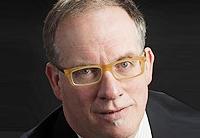NEW YORK — Under the direction of President Tom Doll, Subaru of America has set U.S. sales records for eight consecutive years with no end in sight. The brand's lineup is centered around all-wheel-drive crossovers led by the Outback and Forester. The upcoming Ascent figures to take Subaru even higher as consumer interest in the brand remains strong. Some growing pains are evident, however, mainly in terms of service capacity.

|
May 29, 2017 05:00 AM
Latest News
Staying current is easy with newsletters delivered straight to your inbox.
See More in Executives
Staying current is easy with newsletters delivered straight to your inbox.






